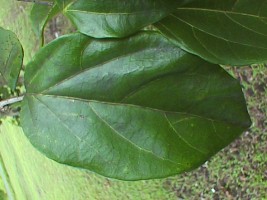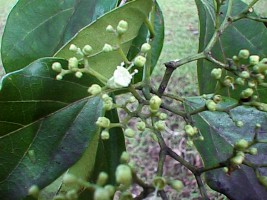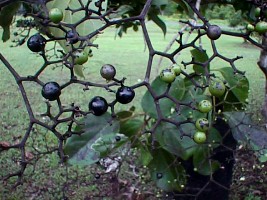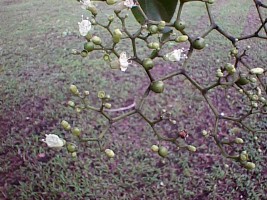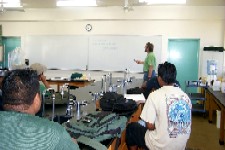
Bill Raynor, of the Nature Conservancy here on Pohnpei, gave a presentation to the SC 250 Botany students on biodiversity and the impact of invasive plants on Pohnpei. The talk included a walking look at local invasives in Palikir.
Bill started with a talk on the meaning of biodiversity. Biodiversity refers to the many different forms of life. The greater the biodiversity the larger the number of unique species in an ecological niche. He noted that the Nature Conservancy seeks to protect biodiversity by protecting lands and waters as well as the plants and animals that belong in a given place.

Bill defined the following plant categories:
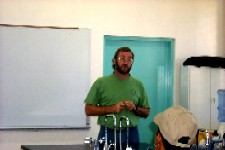
Aggressive invasive species use a number of tactics to "take over" an island or an ecosystem:
Eleusine indica, a grass known locally as reh takai.
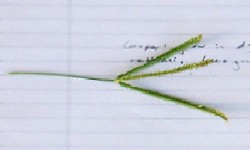
Pennisetum: brought in by the Japanese who mistakenly believed cattle would eat it. Below Bill lectures while holding Wedelia trilobata.
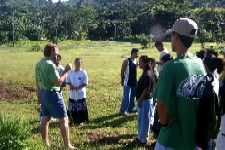
Wedelia trilobata: brought from Hawaii by women down at the Catholic mission around 1970 who thought it would look nice in their gardens. All over the island now. Possibly allelopathic.
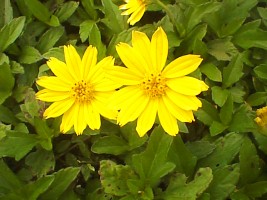
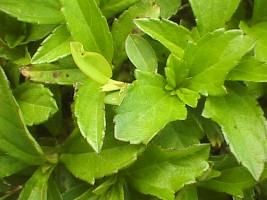
Chromalaena odorata. Pohnpeian: wisolmat. Global in distribution. Locally known as wisin mat en rere, but don't say that out loud on Pohnpei. Possibly came in on a tractor, maybe in dirt in its treads, spread around the island when the road was bulldozed.
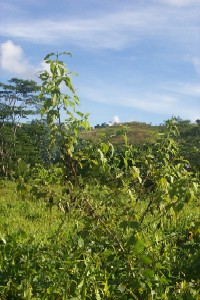
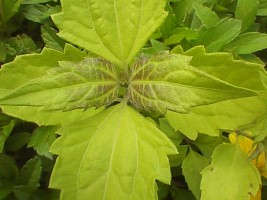
An alien species but not considered an aggressive alien. Light wooded tree used for chop sticks in Asia. Locally called tuhken kerosihn due to its ability to burn green. An important source of firewood for local families.
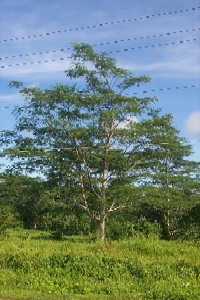
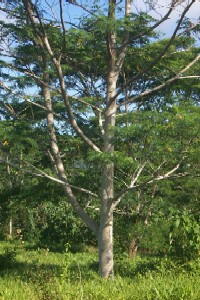
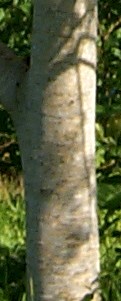
Bidens alba: Begggar's tick.
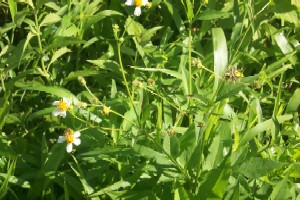
Mimosa pudica. Sensitive plant. Invasive. Worse: Mimosa invisa. The later forms impenetrable thorn thickets.
Clover vine.
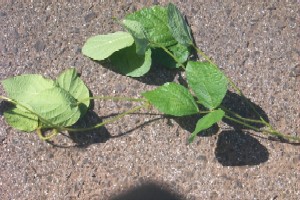
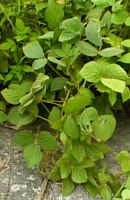
Ischaemum polystachum: Invasive grass introduced by Japanese. They thought it might be useful for cattle food but NOT!
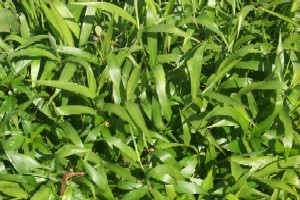
Nara. A member of Ficus. Not invasive on Pohnpei.
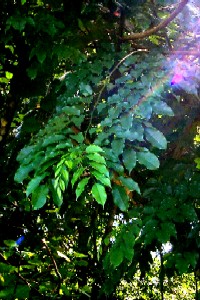
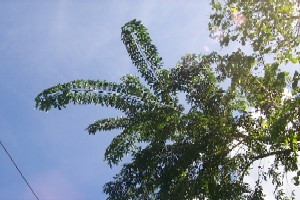
Invasive Ipomea spp.
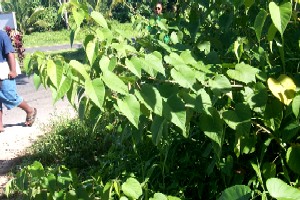
Mangifera indica: mango. Potentially invasive!
Melastoma malabathicum: A native plant!
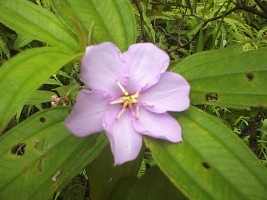
Alien bush:
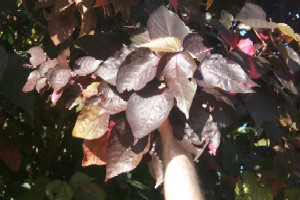
Acacia auriculiformis: a tree that spreads by suckers. A problem on other islands. Do not plant.
Spathodea campanulata: African tulip tree. Birds spread the seeds. Very aggressive tree. Cut them down.
Commelina diffusa, a member of the Spiderwort family, possibly related to Wandering Jew. Note leafy bract under the flower.
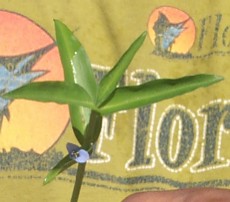
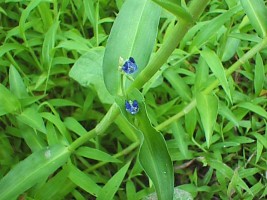
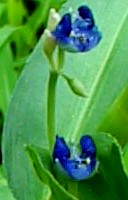
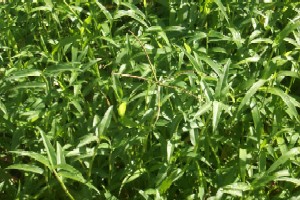
Ageratum conyzoides. Pwisehn kou in Pohnpeian (cow dung weed).
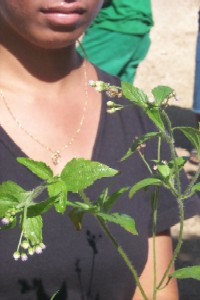
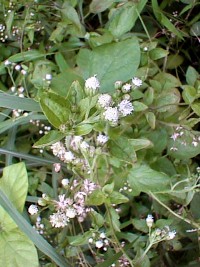
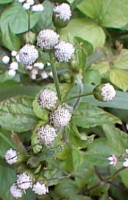
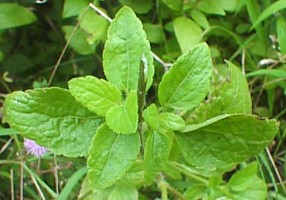
Combating invasive species: Watch for plants that are new to Pohnpei and that spread rapidly. Destroy all plants as soon as it appears it might be aggressive. Wedelia trilobata came to the island as a single plant - how easy it would have been to wipe it out back then. Now it is beyond control. On your own land you can, with a few years of hard work, remove all of it. But the plant will never be gone from the island.
Local medicinal tree: topuk?
